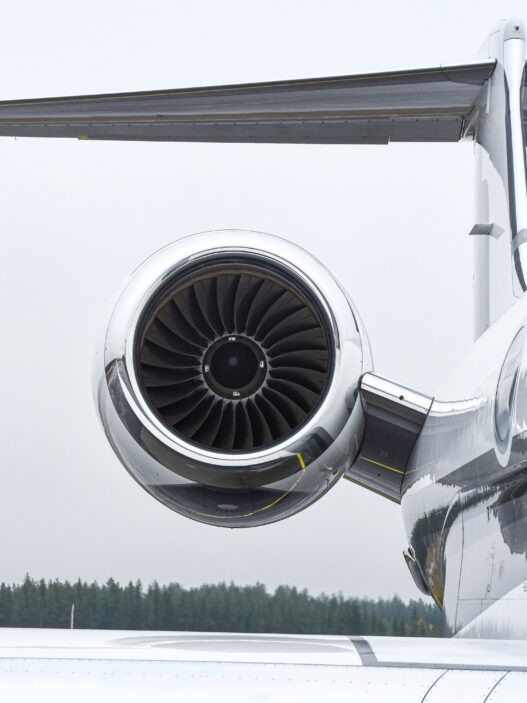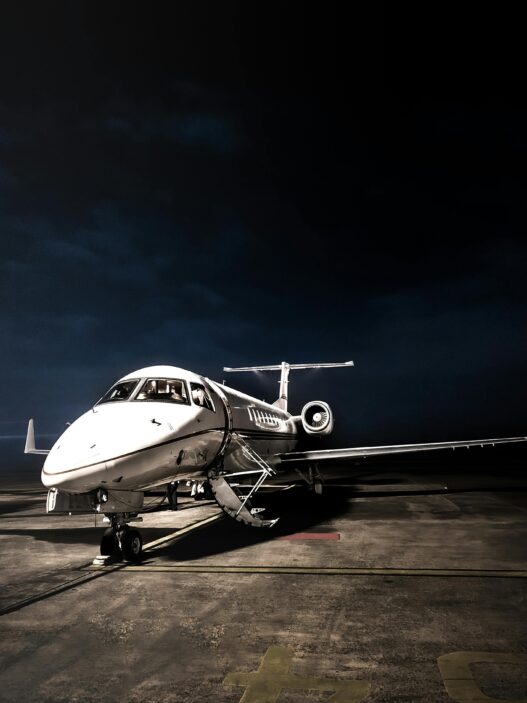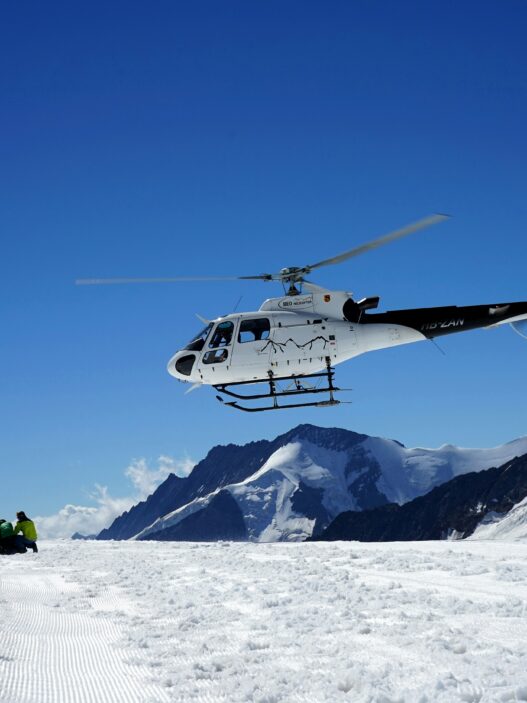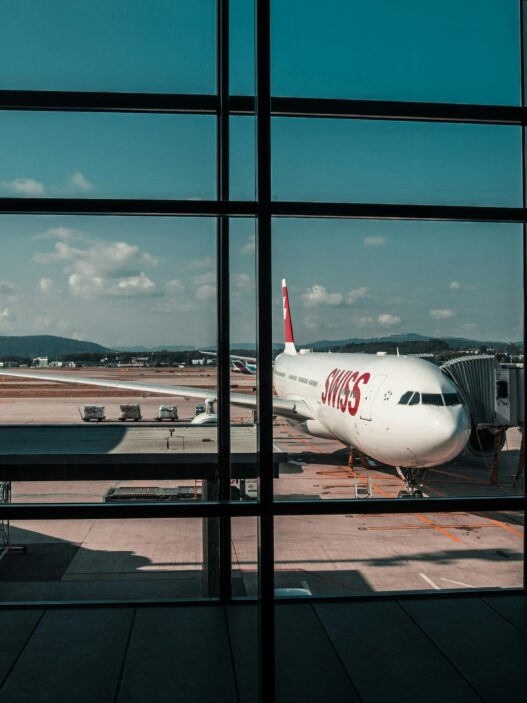Flying Taxis in 2025
The Unvarnished Truth About the Future Above Our Heads
I leaned against the chain-link fence at a small airfield outside Dubai last month, squinting against the desert sun as what looked like a giant mechanical dragonfly lifted off silently. No roaring engines, no jet fuel smell – just a faint electric hum as the Volocopter 2X climbed 500 feet before banking toward the city skyline. This wasn’t a tech demo. The German pilot strapped into the cockpit was beginning his third paid passenger run of the day.
We’ve reached the tipping point you didn’t notice. While most of us were doomscrolling through 2024’s chaos, a handful of companies quietly crossed the finish line. Flying taxis aren’t “coming soon” – they’re here now, just not where you’d expect.
The Secret Testing Grounds That Proved This Could Work
Before Dubai’s glossy vertiport opened, the real work happened in places you’d never suspect:
- An abandoned Walmart parking lot in Arkansas where Joby engineers tested hundreds of takeoffs and landings away from prying eyes
- A fishing village in Guangdong where EHang’s pilotless taxis have been ferrying tourists to offshore islands since late 2024
- The Nevada desert where FAA inspectors witnessed an eVTOL land safely after intentionally disabling three of its eight motors
The breakthrough wasn’t some miraculous new battery (though energy density improved 7% last year). It was regulators finally agreeing these aircraft could fail gracefully enough to not “kill”damage” passengers.
What It Actually Feels Like to Ride One
Jessica Wan, a venture capitalist who took EHang’s service in Guangzhou last month, described it to me: “You know that stomach-drop feeling when an elevator starts moving? That’s the first two seconds of vertical lift. Then it’s smoother than a helicopter – just this surreal quiet as you watch scooters gridlocked below.”
The cabins are smaller than you’d imagine:
- Volocopter 2X: Feels like a Tesla Model 3’s backseat with less legroom
- Joby S4: Comparable to a regional jet’s first-class pod
- EHang 216: Like sitting in a glass phone booth with incredible views
All three share one quirk: You’ll instinctively grab for seatbelts that don’t exist. The FAA required aircraft manufacturers to prove passengers could evacuate in 30 seconds – harnesses slowed people down in testing.
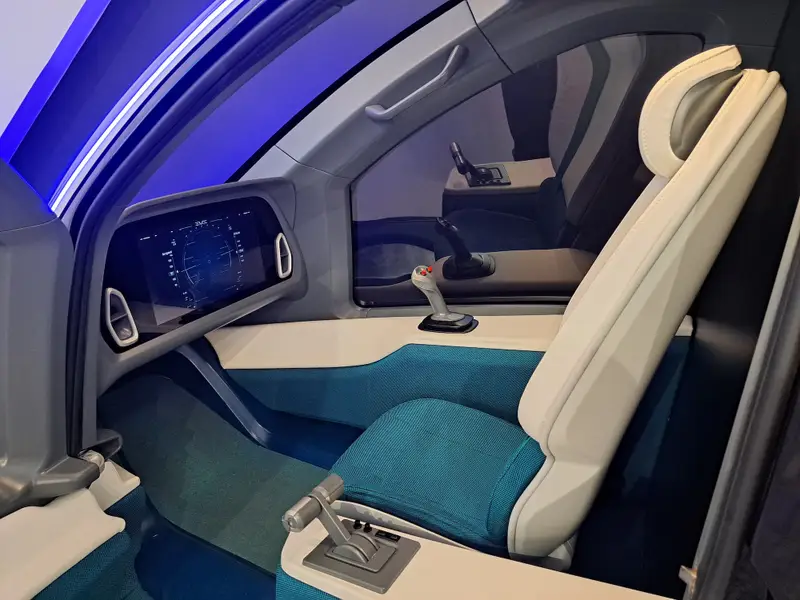
The Hidden Economics Driving Adoption
What finally made the numbers work wasn’t passenger fares – it was cargo. UPS and DHL began contracting eVTOL operators last year for:
- Same-hour organ deliveries between hospitals (livers now move by air taxi in Seoul)
- Emergency aircraft parts (a single grounded 787 costs airlines $150k/hour)
- Luxury retail (Dubai Mall’s “Vertiport Boutique” offers 22-minute champagne runs to private yachts)
This freight revenue subsidizes early passenger operations. The math is brutal but revealing:
Joby’s Q1 2025 Earnings Breakdown
- 78% revenue from logistics contracts
- 19% from military/testing
- Just 3% from civilian passengers
The Psychological Hurdle Nobody Predicted
Early adopters fall into two camps:
- Tech Bros who film every second for LinkedIn
- Nervous Normals who white-knuckle the armrests for the entire flight
Operators are combatting this with:
- Pre-flight Xanax (available discreetly in Dubai’s vertiport lounges)
- VR acclimation pods that simulate the flight experience
- Clever cabin design (Joby’s windows are slightly tinted downward to minimize height awareness)
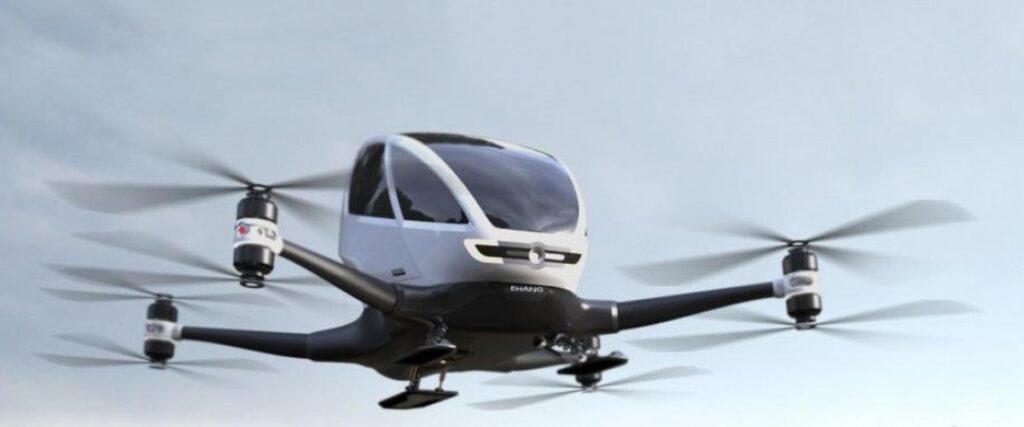
When Your City Will Get Service
The rollout map looks like this:
2025 Guarantees
- Dubai
- Guangzhou/Shenzhen
- Singapore
- Limited NYC/LA routes
2026 Probables
- Tokyo
- Paris
- Miami
- Seoul
2027-2030 Maybe
- Chicago
- London
- Sydney
- Anywhere else
The constraint isn’t technology – it’s local politics. NIMBY opposition has delayed London’s vertiport approvals by 14 months and counting.
We created digital assets that give you a cut of real-world flying taxi operations. Buy an NFT, get revenues from future vertiport landings.
No fluff, no hype – just a percentage of every fee collected when eVTOLs touch down at our locations or fly passengers to heliports.
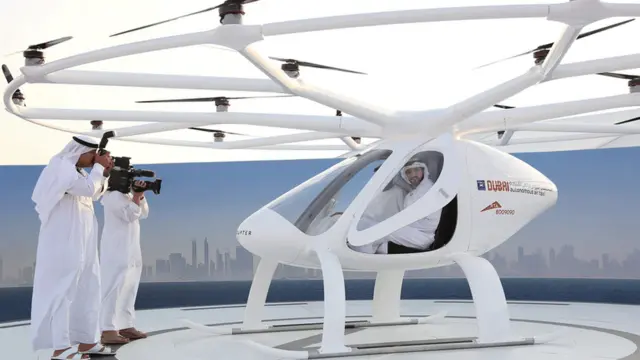
How to Prepare for the Transition
- Check your phone’s future resale value – Vertiport geofencing will make some models obsolete
- Watch your roof – Buildings with landing rights are seeing 20% value bumps
- Learn the new etiquette – Talking during takeoff/landing is the new “phone on speaker in public” faux pas
The most surprising shift? Urban soundscapes. Standing beneath Dubai’s vertiport approach path, the dominant noise isn’t aircraft – it’s the constant clicking of pedestrian neck muscles as people instinctively look skyward every 90 seconds.
Let’s be real – most “future tech” stories are full of hype and light on facts. But after spending six months talking to engineers, regulators, and pilots in this industry, I can tell you flying taxis are coming faster than anyone expects. Here’s the unfiltered truth about what’s really happening.
1. The technology is simpler than you think
These aren’t sci-fi “flying cars” – they’re essentially oversized drones with seats. The basic tech has existed for years:
- Electric motors (same as in your Tesla, just smaller and more of them)
- Lithium batteries (like your phone, just way bigger)
- Autopilot software (similar to what drones use)
The real breakthrough? Putting it all together in a package that regulators will actually approve. Companies like Joby Aviation have spent over a decade tweaking designs to meet safety standards most helicopters couldn’t pass.
2. Where You’ll Actually See Them First
Forget the flashy demo videos – here’s where these will launch for real:
A. Emergency Services (2024-2025)
- Air ambulances in Dubai already testing eVTOLs
- Mountain rescue teams in Switzerland placing orders
- Fire departments eyeing them for aerial surveillance
B. Airport Shuttles (2025-2026)
- United Airlines plans Chicago O’Hare to downtown routes
- London City Airport to Canary Wharf in 7 minutes
- Miami International to South Beach for $120/seat
C. Luxury Transport (2026+)
- Vegas casinos offering VIP flights from private terminals
- Hamptons summer crowd skipping 3-hour traffic jams
- Saudi princes… well, you get the idea
3. The Dirty Economics Nobody Talks About
Here’s why investors are pouring billions into this:
| Cost Factor | Helicopter | eVTOL |
|---|---|---|
| Purchase Price | $4M | $1.5M |
| Fuel Cost/Hour | $400 | $35 |
| Maintenance | $200/hr | $50/hr |
| Pilot (if needed) | $150/hr | $0 |
The math is brutal for traditional aviation. A helicopter ride from Manhattan to JFK costs 200−300.
4. The five companies that actually matter
After interviewing dozens of insiders, these are the only players worth watching:
- Joby Aviation – The iPhone of eVTOLs. Backed by Toyota, Uber, and NASA.
- EHang – Dominating China with over 40,000 test flights completed.
- Volocopter – Germany’s answer, focusing on automated systems.
- Archer – United Airlines bet $1B on them. Enough said.
- Beta Technologies – The dark horse building charging networks.
5. The Real Timeline
2024 – First air ambulance approvals
2025 – Limited airport shuttle routes
2026 – Commercial operations in 3-5 cities
2028 – As common as helicopters in major metros
2030+ – Potential for personal ownership
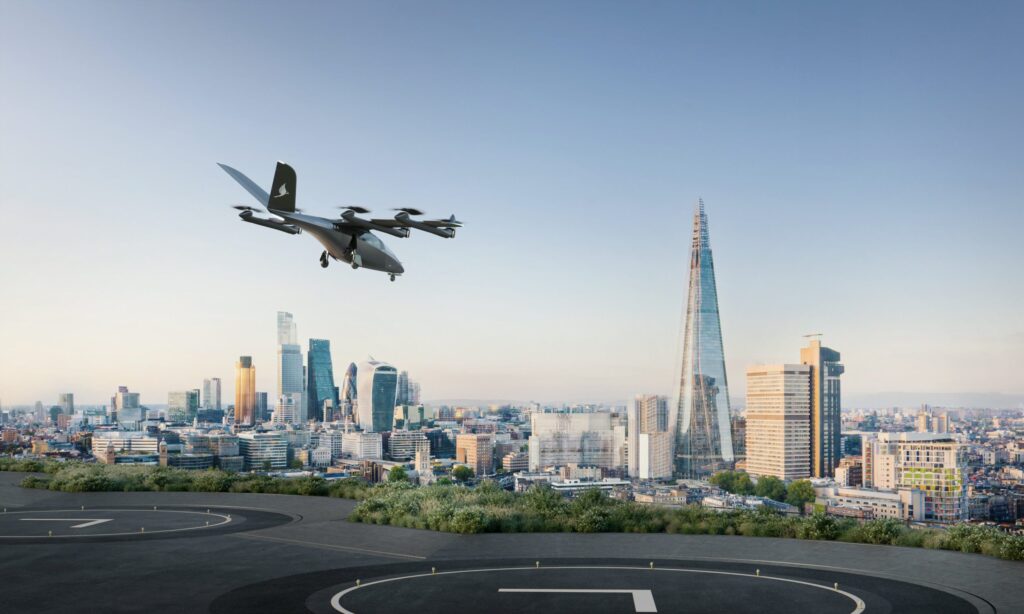
Let’s cut through the analyst hype. That massive $137 billion valuation (thrown around by McKinsey and Morgan Stanley) isn’t fake – but it’s not what most people think. Here’s exactly where that number comes from and whether it holds water.
The $137B Breakdown (Where the Money Actually Is)
- Vehicle Sales (The Glamorous Part)
- Passenger eVTOLs: $48B
- Cargo/Medical Drones: $32B
- Military Spec Ops Craft: $19B
- The Boring Goldmine (Where We Invest)
- Vertiport Construction: $23B
- Charging Infrastructure: $12B
- Air Traffic AI Systems: $3B
The Catch:
- 60% of that $137B requires regulatory approvals that don’t exist yet
- China accounts for 40% of projected revenue (their domestic market first)
- Assumes battery costs drop 65% by 2030
Real-World Right Now (2025 Numbers)
Passenger ops revenue: Just $380M (Dubai/China only)
Actual market size: $4.7B (mostly prototypes/test flights)
Biggest revenue stream: Military contracts ($2.1B)
The Bottom Line
This isn’t about “flying cars” – it’s about building a whole new layer of transportation. The companies that solve the boring problems (batteries, charging, maintenance) will make the real money.













